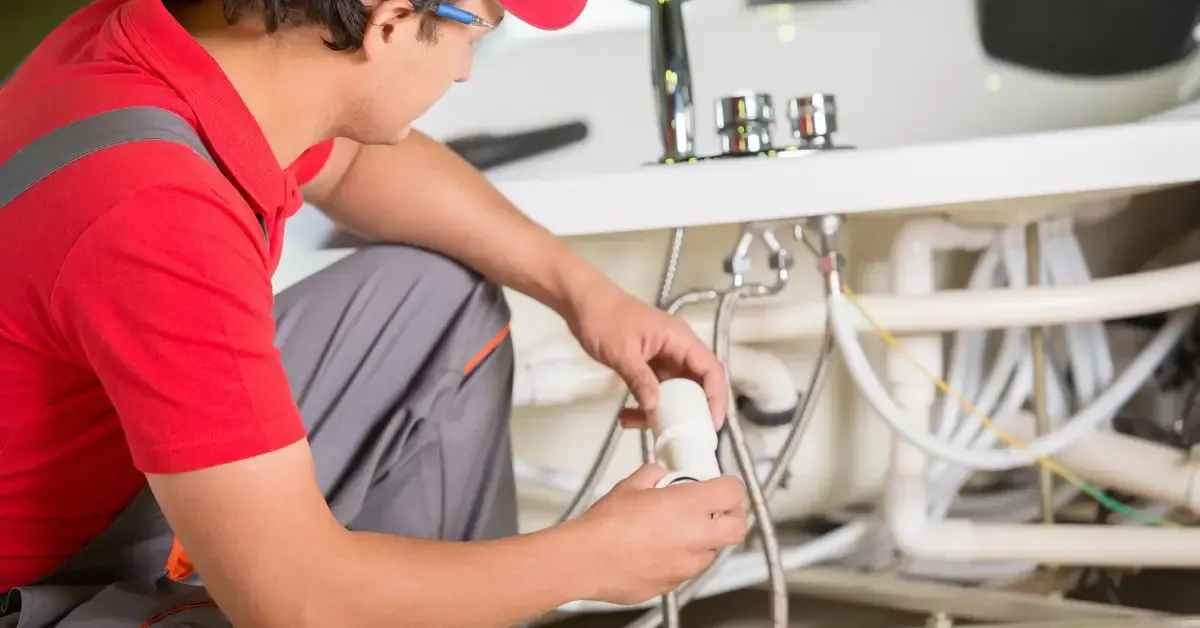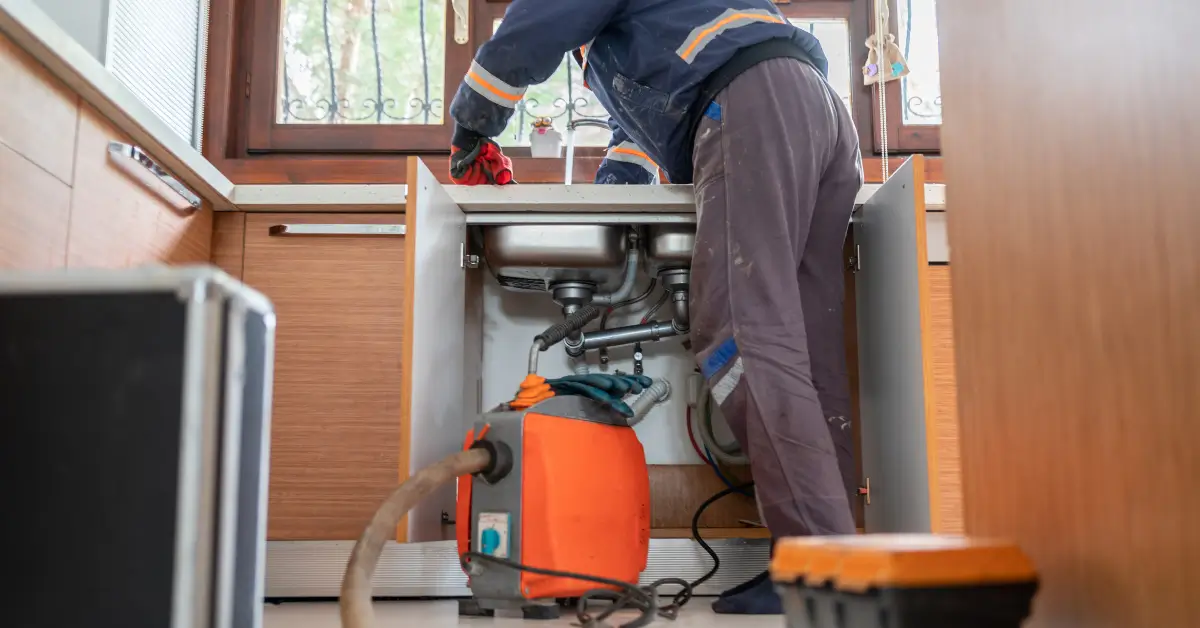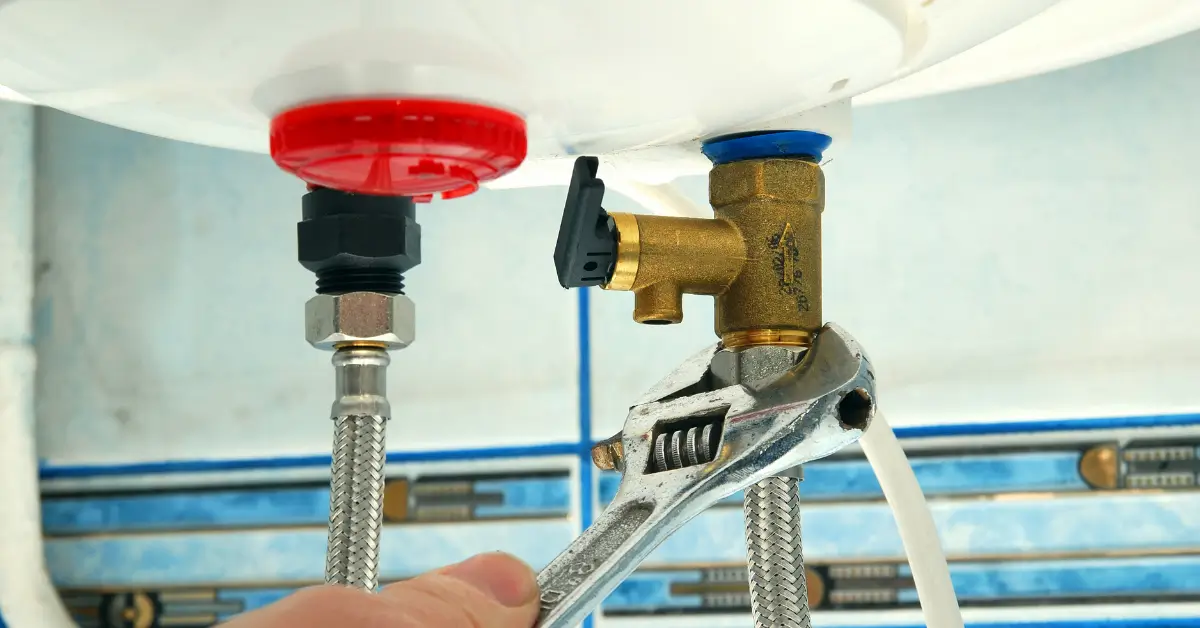
Why Plumbing Maintenance Matters – Protect Your Home in Ashland & Southern Ohio
Plumbing systems are out of sight and often out of mind, until a pipe bursts or a water heater fails at the worst possible time. Regular maintenance is the best defense against costly surprises, yet many homeowners underestimate its importance. In the Ashland, KY and southern Ohio region, harsh winters, hard water and aging infrastructure increase the risk of plumbing issues. By investing in annual inspections and preventative care, you can prolong the life of your plumbing, reduce utility bills and enjoy peace of mind.
Key components of a plumbing maintenance routine

Leak detection – Small leaks waste water and lead to structural damage. The Environmental Protection Agency (EPA) reports that household leaks can waste almost 10,000 gallons each year and that 10% of homes have leaks wasting 90 gallons per day. Detect leaks by checking your water meter, noting the reading, waiting two hours without using water and checking again. Dye tablets in the toilet tank can reveal flapper leaks. Eddyson Plumbing technicians also use electronic listening devices and thermal imaging to locate hidden leaks.
Water pressure and flow checks – A pressure gauge can reveal high or low pressure. Excess pressure strains pipes and fixtures; low pressure may indicate a leak or mineral buildup. Our team adjusts regulators and cleans aerators to maintain optimum flow.
Drain cleaning – Annual professional drain cleaning removes grease, hair, soap scum and foreign objects that accumulate in pipes. Cal’s Plumbing notes that professional drain cleaning improves drainage, reduces odor, prevents clogs and extends plumbing lifespan. Hydro‑jetting clears long sewer runs, while camera inspections reveal potential blockages.

Water heater flushing – Mineral deposits, especially in areas with hard water like Boyd County, accumulate at the bottom of water heaters and reduce efficiency. Flushing the tank annually removes sediment, prevents popping noises and extends heater life. For tankless heaters, periodic descaling prevents scale buildup on heat exchangers.
Supply line inspection – Braided stainless steel supply hoses on washing machines and dishwashers should be replaced every 5–10 years; look for rust or fraying. Copper pipes can corrode internally, causing pinhole leaks and greenish deposits. PVC pipes become brittle over time. Inspecting and replacing aging lines prevents catastrophic failures.
Sump pump and drainage system testing – Pour water into the sump pit to ensure the pump turns on and discharges water properly. Clean debris from the pit and ensure the discharge line is clear. Consider installing a battery backup so the pump works during power outages.
Gas line inspection – Licensed plumbers check for leaks by pressurizing lines and using gas detectors. Gas lines are subject to local codes; Big B’s Home Pro warns that installing or repairing gas lines without permits is hazardous. Regular inspection prevents dangerous leaks.
How maintenance extends pipe lifespan

Different pipe materials have varying lifespans: copper pipes last roughly 50–70 years, PVC 25–40 years and cast iron 75–100 years. However, factors like water quality, temperature extremes, high water pressure and contamination shorten these timelines. Regular maintenance slows deterioration by preventing mineral buildup, detecting leaks early and reducing stress on pipes. For instance, flushing water heaters removes minerals that corrode steel tanks; insulating pipes and maintaining consistent indoor temperatures prevent freeze‑thaw cycles from weakening joints.
Benefits of regular maintenance
Prevent emergencies – Routine inspections detect issues before they become disasters, avoiding expensive burst pipes and water damage.
Save water and energy – Repairing leaks, adjusting water heaters and cleaning drains improve system efficiency. Fixing leaks can save about 10% on water bills.
Improve water quality – Cleaning aerators and replacing old pipes reduce contamination, rust and odors.
Protect home value – A well‑maintained plumbing system is a selling point and prevents costly repairs that could delay a home sale.
DIY vs professional maintenance
Homeowners can perform simple tasks like cleaning faucet aerators, checking for visible leaks, and insulating pipes. However, more complex jobs—flushing water heaters, descaling tankless heaters, inspecting gas lines or replacing supply lines—require specialized tools and permits. The Family Handyman warns that overtightening fittings or using wrong thread tape can cause leaks. Gas line work in particular requires permits and adherence to code. Hiring a licensed plumber like Eddyson ensures tasks are done safely and compliantly.
Local plumbing challenges
The Ohio River valley has hard water with high mineral content, which contributes to scale buildup. Many homes in Ashland and Ironton still have galvanized steel or cast iron pipes; these materials corrode over time. Clay sewer lines installed decades ago are susceptible to root intrusion and collapse. Freeze‑thaw cycles cause soil movement, stressing underground pipes. Eddyson Plumbing tailors maintenance plans to these local conditions, using camera inspections to monitor clay lines and recommending water softeners or pipe replacement when necessary.
Conclusion
Neglecting your plumbing may seem to save money in the short term, but it often leads to costly emergencies. Regular maintenance is an investment in your home’s longevity and your family’s comfort. Eddyson Plumbing offers affordable maintenance plans, including annual inspections, water heater flushing, drain cleaning and priority scheduling. Schedule your appointment today and enjoy worry‑free plumbing all year round.